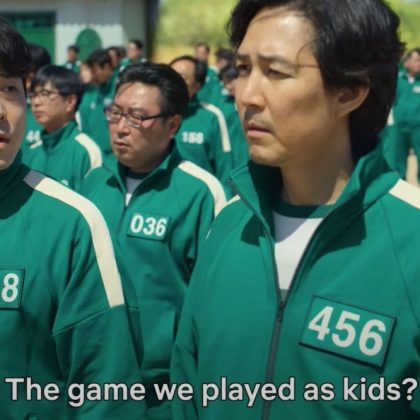As technology evolves, and the way we consume our media is changing, more and more people are choosing to watch television shows and movies while utilising subtitles and closed captions.
For people who are deaf or hard of hearing, this has long been the way they have viewed content, but researchers and film-makers have proposed several factors for this growing trend becoming mainstream, ranging from changes in how viewers are processing information, a shift in audio design and what people are now watching.
One suggestion, highlighted in an article in the Telegraph, is that Generation Z is bringing upon this shift. Viewers ranging from 18-25 are turning on subtitles in an increasing percentage, according to a study from Stagetext and Sapio Research. A reason for this growing trend is that they are more likely to watch foreign shows and movies made outside of the US, coinciding with the rise in popularity of K-Dramas such as Squid Game streaming on Netflix, and anime coming out of Japan. There is also a change in how viewers watch their shows – rather than only watching from the comfort of their home in the loungeroom, more and more are watching on devices as they wait for the next train, for example, making closed captions the best viable option amongst public noise.

A survey from Preply has also noted that Americans find it difficult to understand the accents of overseas popular shows such as Game of Thrones, Peaky Blinders and Derry Girls, while further study suggests that younger viewers are beginning to ‘passively’ watch their shows, while glancing away from their devices as they engage in other tasks.
The Preply survey also indicated that dialogue is increasingly becoming harder to hear due to sound-mixing, with viewers finding it difficult to hear lines over background music.
While there are many varying reasons for this societal shift, one thing is clear. Subtitles are becoming an increasingly important accessibility tool.
For more information, refer to the ABC article on how subtitles are becoming more popular.
